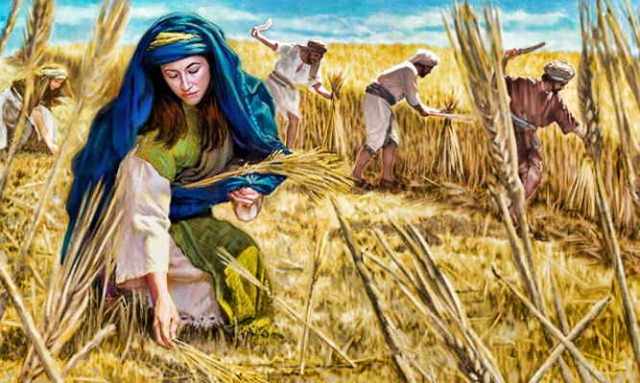Rational from decimal
Approximate pi from increasingly better fractions with Python
#!/usr/bin/python3
from fractions import Fraction
import sys
import numpy as np
x = np.pi
d = 10
while d < 1000000000:
f=x, Fraction.from_float(x).limit_denominator(d)
a=f[1]
b=str(a)
c=eval(b)
print ("Denom. limit=",d)
print (a,"=",c)
d = d * 10
rig
Print contact information for ten imaginary people
rig -c 10
Generate faux Romanji words in the terminal
echo {b,d,f,j,k,l,m,n,p,r,s,t,v,w,z}{a,i,o,u}{b,d,f,j,k,l,m,n,p,r,s,t,v,w,z}{a,i,o,u}{b,d,f,j,k,l,m,n,p,r,s,t,v,w,z}{a,i,o,u}|sed 's/ /\n/g'| shuf | tr '\n' '
RUTH
Often when lesbians wed, they exchange nuptial vows taken from the Book of Ruth, where she says to Naomi: “Intreat me not to leave thee, or to return from following after thee: for whither thou goest, I will go; and where thou lodgest, I will lodge: thy people shall be my people, and thy God my God . . .”
The book of Ruth reads like a charming short “novella” something along the lines of the book of Jonah. Those two books even share the theme of non-Jews demonstrating faithfulness. Ruth remains with Naomi. The Ninevehites repent of their abominations. But the Jews definitely considered the book of Ruth to be historical. They included it in the prophetic histories section of the bible immediately following the Torah, from Joshua to 2 Kings, while Jonah was put in with the minor prophets.
One piece of evidence for a late date of authorship for the book is that the author, when describing the beginning of Naomi’s journey, says, “Wherefore she went forth out of the place where she was” and does not specify an exact town in Moab. A contemporary of Naomi would have known the name of the town. But a historian of a period much later would have not used a name of her town if he did not know it.
Ruth was a Moabitess who became Jewish by conversion. The Moabites were sometimes the enemies of the Jews, and they were typically treated as second-class citizens. The Law of Moses permitted them to glean from the fields after the harvest, which is what Ruth did to support her mother-in-law Naomi.
During the course of the story Boaz becomes impressed by the faithfulness of Ruth and after much ado rooted in Hebrew tradition ends up marrying her. This goes absolutely counter to the prevailing ethos in the aftermath of the exile, when Jewish leaders were trying to encourage “pure” marriages to prevent the demographic annihilation of their people.
The author of Ruth, then, was a “liberal” who wrote a beautiful and compelling editorial piece speaking out against racism and ethnic supremacy. He (or she) ends the article by highlighting that Ruth was genetically (if not legally) the great-grandmother of King David. That, of course, also makes her the ancestor legally (if not genetically) of Jesus the Christ.
A Ruthless Boaz would mean no Jesus.

